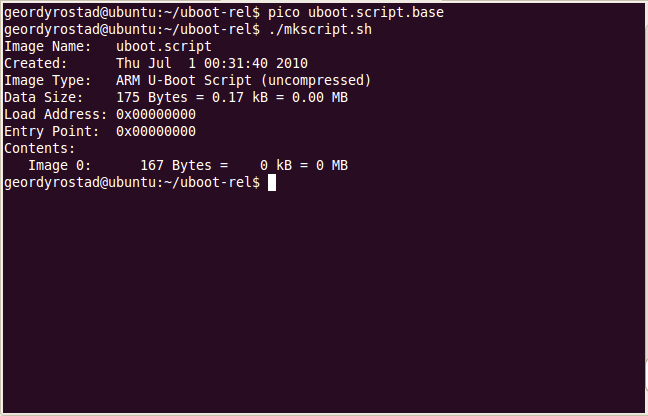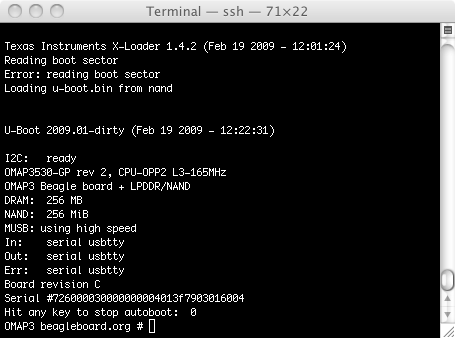
Please note that many beginners think that init=/linuxrc is a fixed way of writing, but it is not. Init specifies the first script to run in the system after the kernel is started, generally init=/linuxrc, or init=/etc/preinit, the content of preinit is generally to create console, null device nodes, and run init programs, mount some filesystems, etc. When you do not use ramdisk to start the system, you need to use the noinitrd parameter, but if you use it, you need to specify initrd=r_addr, size, r_addr represents the location of initrd in memory, and size represents initrd the size of. You can check Documentation/ramdisk.txt to find the relevant description, but ramdisk=xxxxx has not been mentioned in the new version of the kernel, so it is not recommended. Recommended Both of the above can tell the ramdisk driver, The size of the created ramdisk is 4m by default (s390 defaults to 8M). Mem=xxM Specify the size of the memory, not necessary In the end, there is no way, and we should do: #define S3C24XX_SERIAL_NAME "ttySAC0"

Root=/dev/mtdblockx rw indicates the directory where your root file system is located, where the value of x needs to be determined according to your own flash partition. In addition, if it is possible to specify the device name directly, it is also possible to use the device number of this device.

In this case, but root=/dev/mtdblockx rw is more general. However, mtd is a character device, and mtdblock is a block device. Of course, it depends on whether your current system supports it. The above are common under certain circumstances. You can try one by one when it doesn't work. Some people on the Internet say that it is not universal in some cases, that is, it must be set to ram or ram0, but it has not been encountered yet, and further confirmation is needed. Please note that the above two settings are common, I have done tests and even root=/ dev/ram1 rw and root=/dev/ram2 rw are also possible. Is used to specify the location of rootfs.

There are many types of bootargs, and with the development of the kernel, some new parameters will appear, making the settings more flexible and diverse. The following introduces the common parameters of bootargs. Even you can not set bootargs, but write it directly to the kernel (this setting can be done in the options of configuring the kernel), it is these reasons that lead to the difficulty of using bootargs. Different combinations of kernel and file system will have different setting methods. If you are interested, you can read this article. Bootargs is the most important environment variable, and it can even be said that the entire environment variable is set around bootargs.


 0 kommentar(er)
0 kommentar(er)
